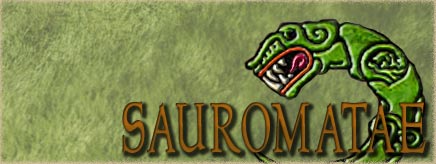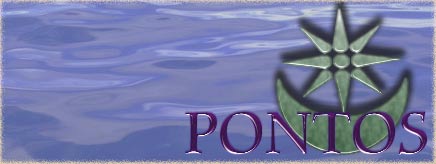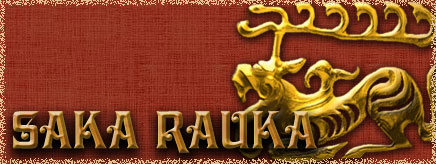Hey Arjos;
I read through the description; it looks awesome. I have a question though.
I assume the relevant territory labeled in the map provided in this thread that is being described here is Dahyu Siraca. Presumably Danu=Don, Terka=Terek, Achardeus=Kuban etc etc. Why has the name been changed to Aekhsyragty Baestae? What language is the source for this? I am not challenging it; I am just curious, as I am unfamiliar with this as a name for the territory of the siraces/sirakes/sirakoi.
Thanks!






 Reply With Quote
Reply With Quote





Bookmarks